Jay Gould is an artist and a member of the faculty at the Maryland Institute College of Art (MICA). Originally from Minneapolis, Minnesota, Gould received his B.F.A. in photography from the University of Wisconsin and his M.F.A. from the Savannah College of Art & Design in Georgia. His work, which integrates scientific topics into photographic projects, has won numerous national awards, such as the Berenice Abbott Prize for an emerging photographer, the Jeannie Pierce Award, and First Place at the Newspace Center for Photography’s International Juried Exhibition. Gould’s work is widely exhibited around the country, making solo and group exhibition appearances at the University of Notre Dame, The Julia Dean Gallery in Los Angeles, the Fort Collins Museum of Contemporary Art, the Urban Institute for Contemporary Arts in Grand Rapids, Michigan, and the Center for Maine Contemporary Art. Gould also participates in the larger artistic community as a member of the faculty at the Maine Media Workshops and as a frequent visiting lecturer at a variety of schools and conferences.
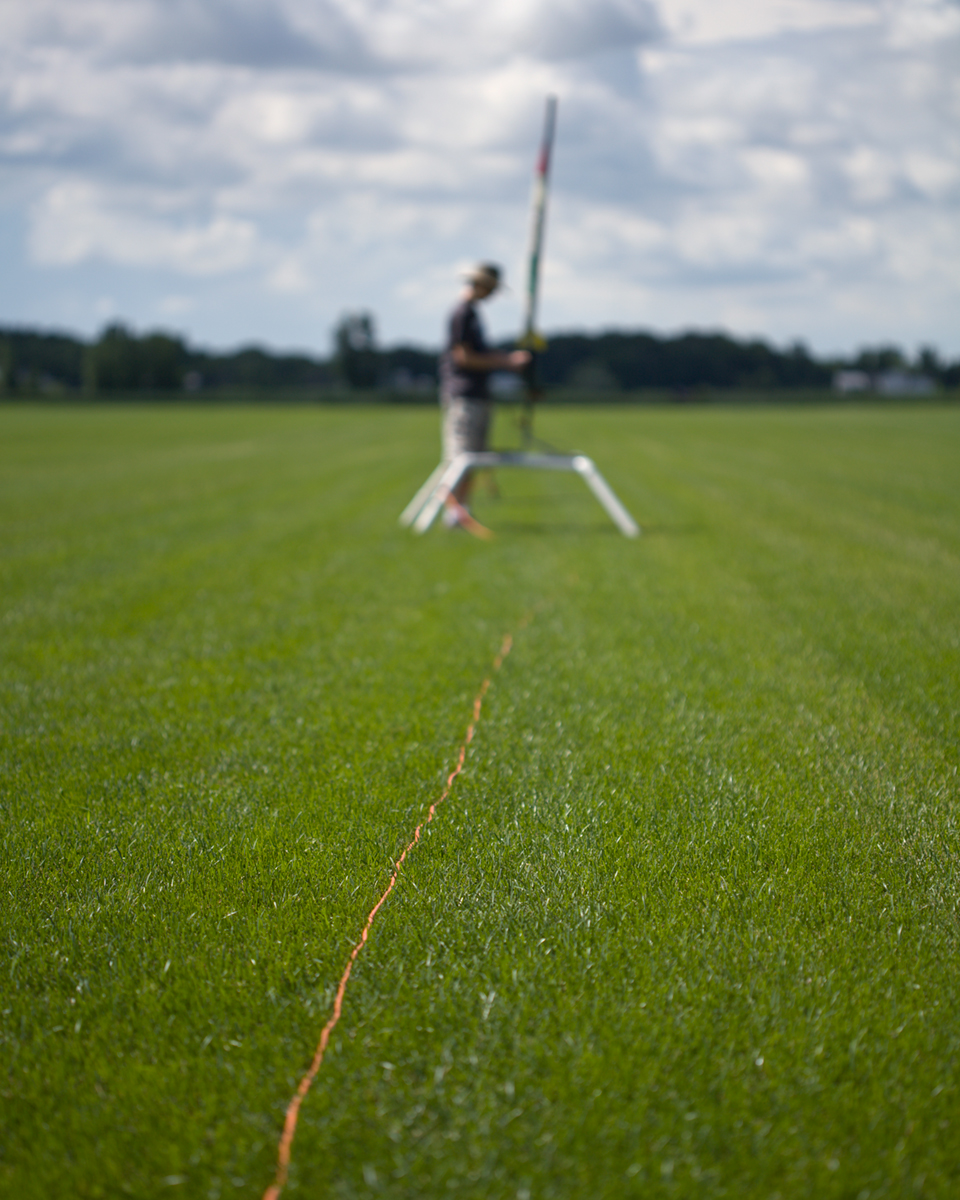
Drive a good hour outside of nearly every American metropolitan area on a sunny Saturday morning and you may see small chutes of smoke lingering in the sky. If you are like me, you have even curiously traced these trails from time to time. What I have seen and learned during these adventures with my camera through these groups as well as many of the American museums dedicated to exploring numerous frontiers has been an interesting mixture of what I expected to see, and also a lot of unexpected lessons about community, creative satisfaction and even my own fears.
The typical model rocketry group is a tight-knit population of explorers, many of whom are taking their first steps into hands-on science. These less experienced members are guided by an entire community, in which many members have dedicated their lives and even careers to aerospace, but still find a very necessary rush of excitement in continuing to creatively problem solve their own, personal projects, even if these projects are significantly less cutting-edge than what they might do at work. It’s in both these sets of people that I’ve seen myself and reflected on my own decisions and fears of the past. In the young explorers I see versions of myself and and my initial discovery of innovation and engineering that I found in the simple cardboard rockets. In the adults I see what might have been for me before I decided to leave my engineering studies and become an artist. These are reminders of the hesitation I felt when choosing between art and science. What I did not expect to find in this project was reassurance in my decision and reiteration that science can be art and vise-versa. I now see that no matter what path we choose, finding an outlet is essential. Humanity always has a need to explore its frontiers, whether its art or space, grand or small, we seek solace in exploring the unknown and learning what we can from it, piece by piece.


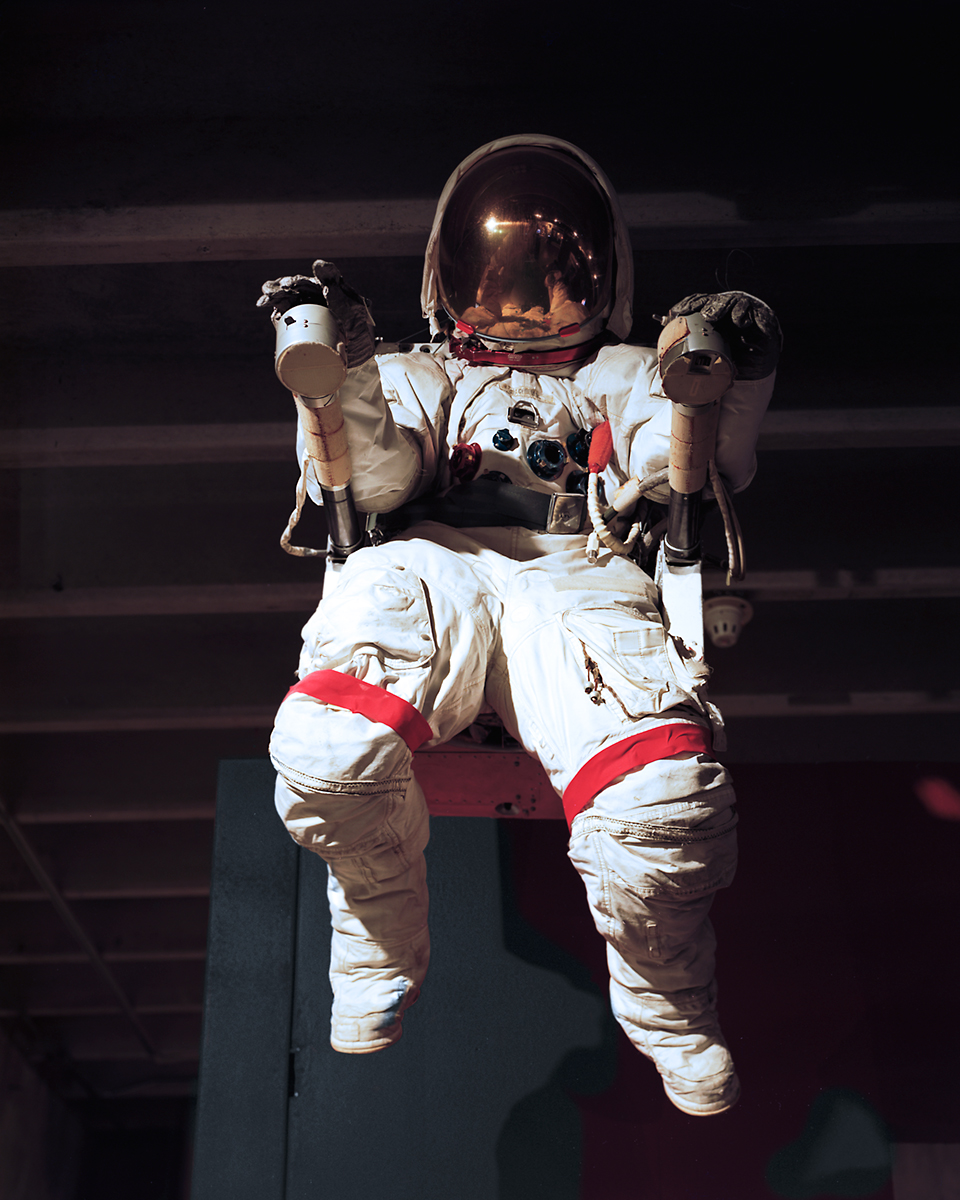
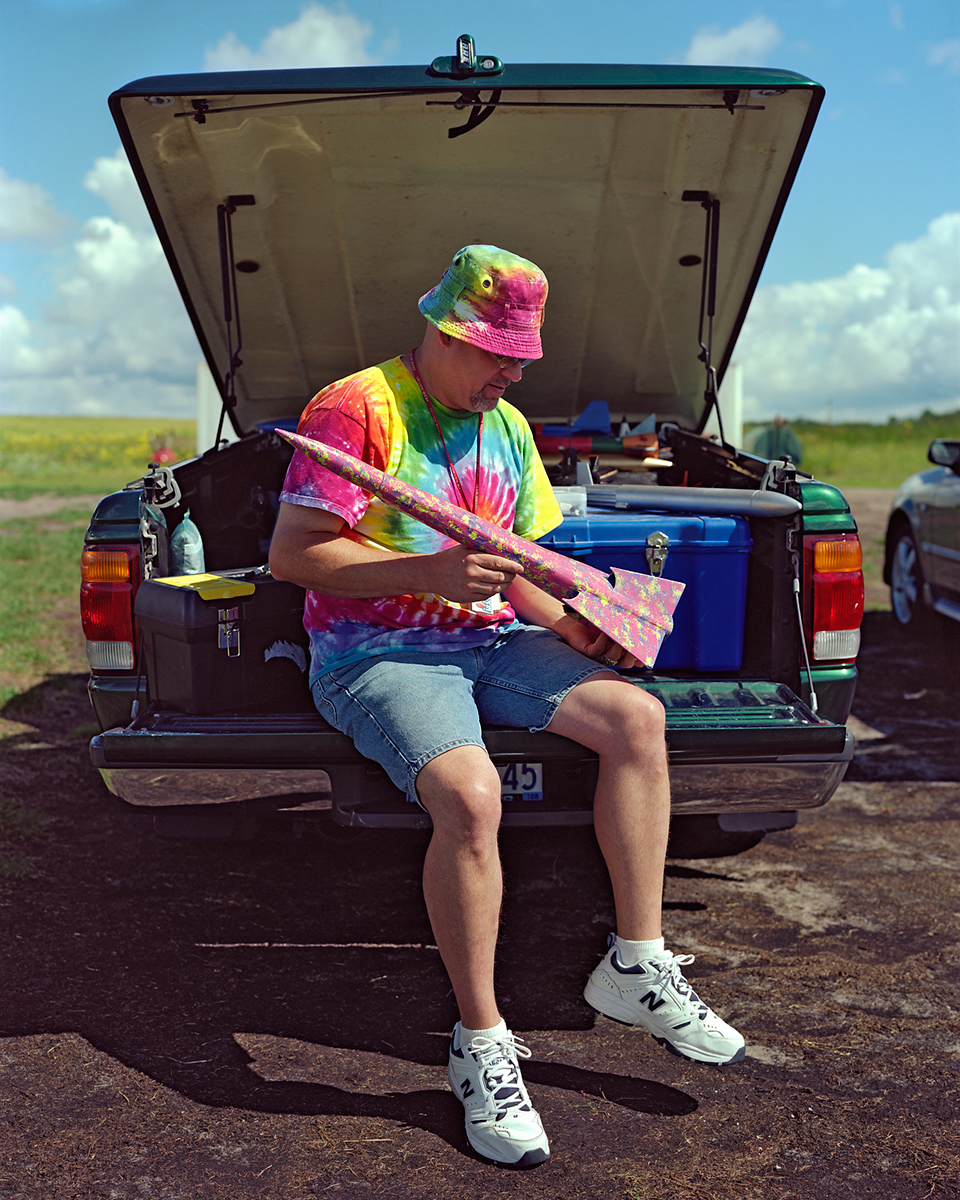
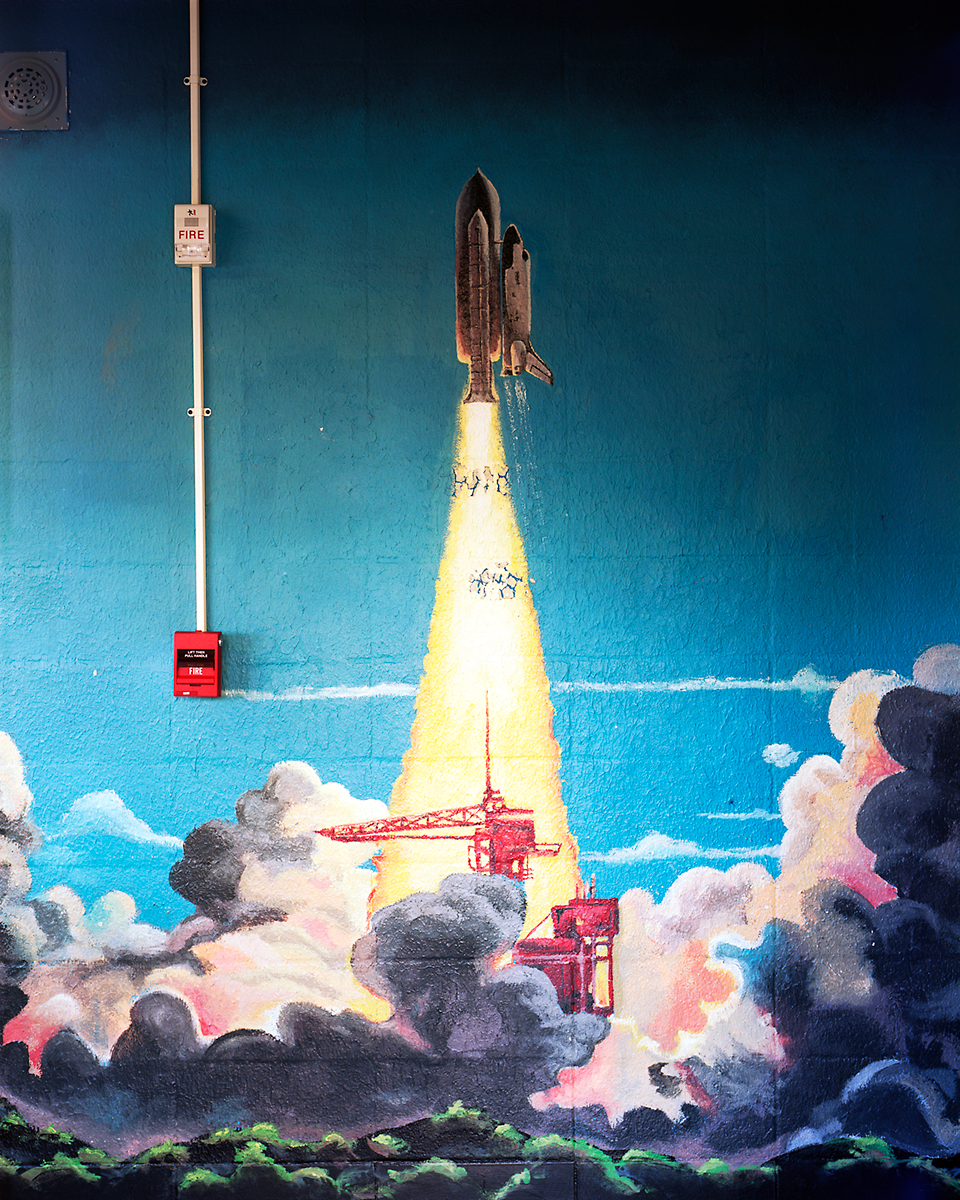

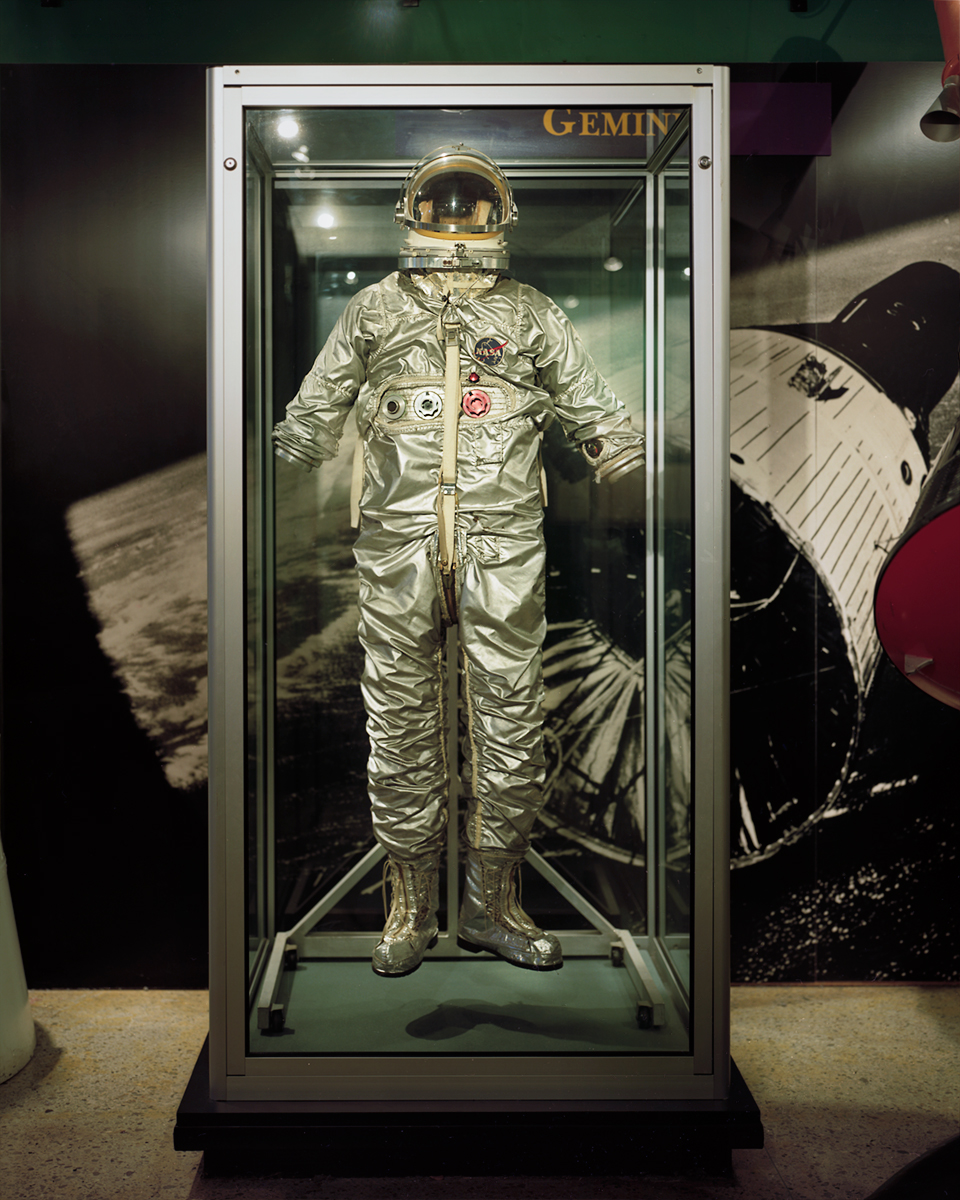
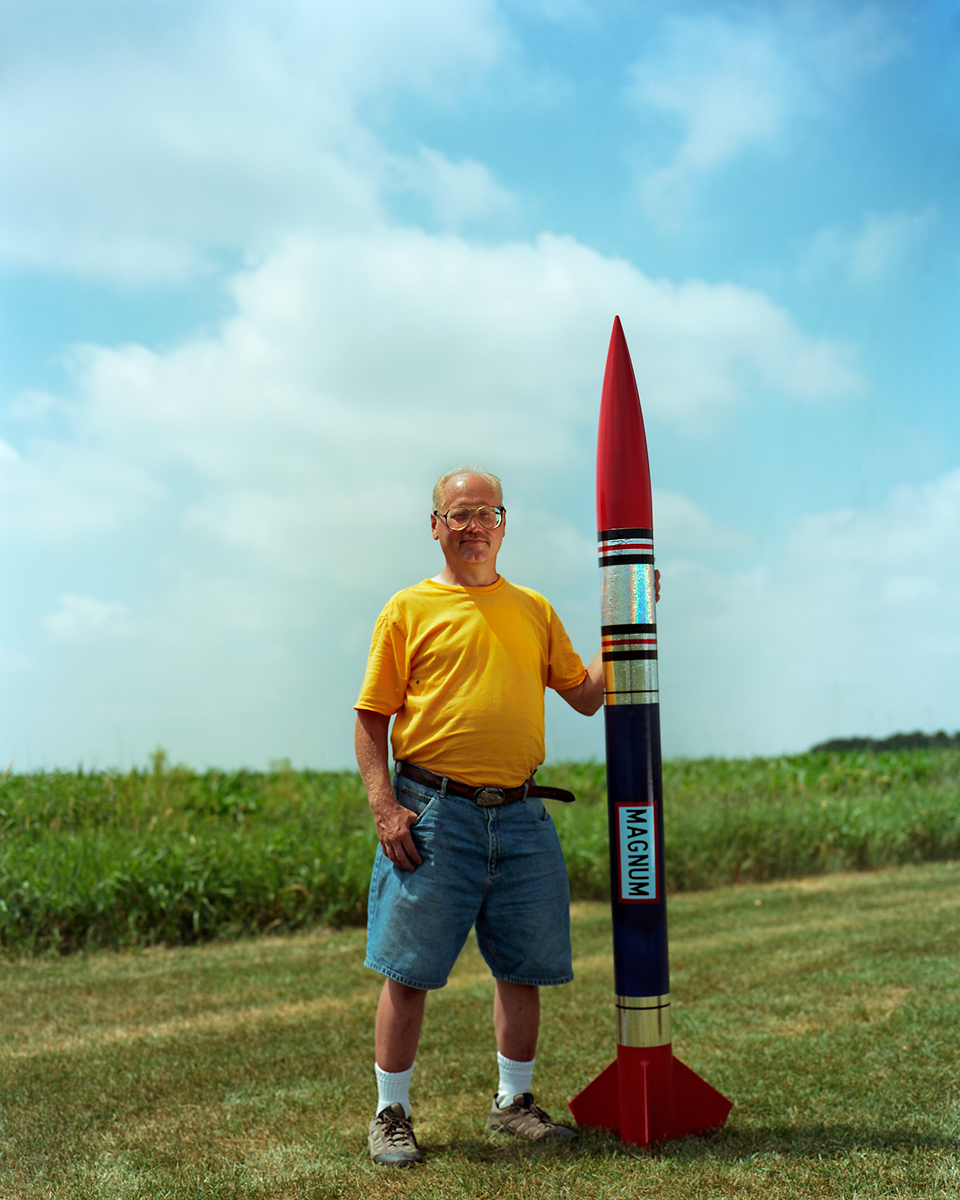
For more information, visit his website.